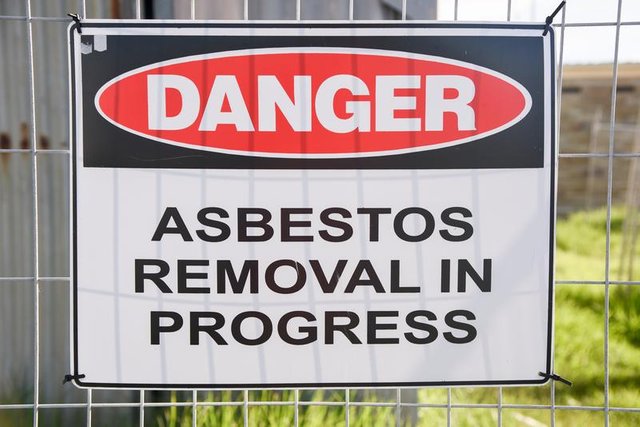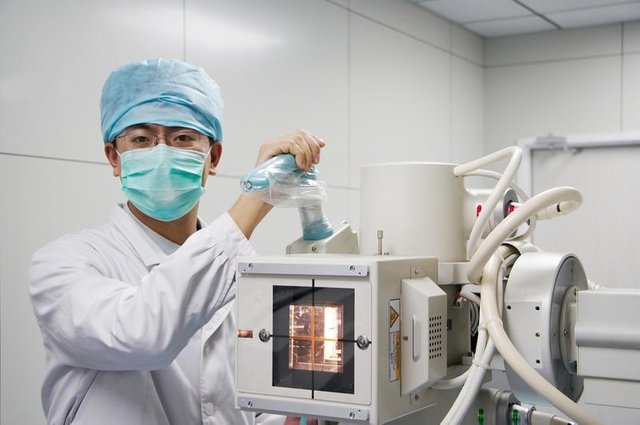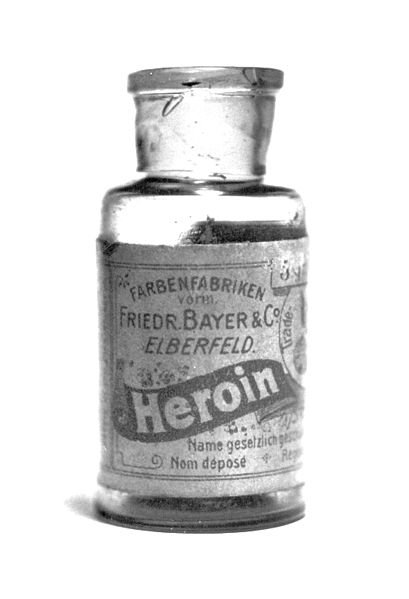The Innocent Bystander
With the Industrial Revolution we saw new and increased uses both of known chemicals as well as newly synthesized compounds. At the time, the presumption was that if it did not cause people to immediately drop dead, it must be ok.
Honest mistake, right?
As we now know, though, health effects caused by industrial products can take many years, even decades, to manifest. Indeed, occupational exposure to toxic chemicals have been linked to a number of diseases such as cancer, respiratory illnesses, and liver and kidney disorders.
Unfortunately, as we gained a greater understanding of the linkages between exposure and disease, another side effect of hazardous substances in the workplace emerged:
Bystander Exposure

They were trying to save their souls- and who but a fool could fail to see that all that was the matter with their souls was that they had not been able to get a decent existence for their bodies?
― Upton Sinclair, The Jungle
Bystander exposure, also known as secondary exposure, occurs when a worker exposed to toxic chemicals in the workplace carries those chemicals home. Like secondhand smoke, for example, there are many chemicals used in the workplace that are just as harmful to innocent family members as they are to the employees who handle them on a daily basis.
In the last 10 years, the National Institute for Occupational Safety and Health found reports of bystander exposure in 36 states and 28 countries, with health effects ranging from respiratory problems and neurological disorders, to cancer and fatal poisonings. Most often, hazardous substances are transported home on the worker's clothing. Not only are family members exposed by directly touching the clothing, many substances can be transferred others from the washing machine. Other routes of exposure include tools, vehicles, and lumber.
The following are the top 5 hazardous substances affecting bystanders:
1. Asbestos
Asbestos are a group of minerals that exist in long, thin fibers. Before we learned how awful the stuff was, asbestos were used in concrete, bricks, drywall, mattresses, pipes, insulation, and appliances. While it was outlawed in the 1970s, there are still several occupations that encounter the material regularly. These include fire fighters, construction workers, and shipyard workers.

Once released in the air, asbestos fibers stick to everything. Exposure occurs through inhalation where the fibers then embed themselves in the lungs. Common asbestos-related diseases are lung cancer, mesothelioma, and pulmonary fibrosis.
2. Pesticides
As the name might indicate, pesticides kill pests. They are mainly used in industrial agriculture to combat insect infestation and increase crop growth. Exposure occurs though inhalation and ingestion, and cause a host of short and long-term health effects. The most common side effects of pesticide exposure include asthma, nerve, skin, and eye irritation, and many forms of cancer.

3. PCBs
Polychlorinated biphenyl, or PCB, is chlorine compound made of over 200 different chemicals. Although it can no longer be produced in the United States, PCBs were once widely used in electrical equipment because of their resistance to heat.

Even though PCBs have been outlawed, workers can be exposed to PCBs while repairing transformers, older electrical devices, or cleaning up broken PCB-containing products like fluorescent lightbulbs. Adults often experience skin conditions such as acne or rashes upon exposure, but the effects on children are much more severe. Like lead, exposure to PCBs at young age can lead to cognitive and behavioral changes in children.
4. Radioactive Material
Exposure radiation is not just limited to x-ray technicians and nuclear power-plant workers. There are many ways in which radiation is used, and radioactive materials can be found in a variety of workplaces such as construction sites, medical facilities, airlines, and mines.

While people are often exposed to external radiation (think x-ray), radiation exposure can also occur internally from ingesting, inhaling, or absorbing radioactive materials. When this happens, the energy from the radiation can damage or kill cells in our body, which can cause cancer and genetic mutations.
5. Beryllium
Beryllium is a metal that is stronger than steel and lighter than aluminum. Industrially, its characteristics make it desirable for use on aircraft engines, automotive parts, missile parts, x-rays, and rockets. In addition to those employed at Beryllium processing plants, anyone working in the automotive, aerospace, defense, energy, and electronics are also at a high risk of exposure.

Once inhaled, Beryllium can cause a host of respiratory issues. The two most common are acute and chronic Beryllium disease. Common symptoms include fatigue and difficulty breathing, but the disease can also lead to lung cancer and heart complications.
Prevention
By now, many workplaces have instituted certain procedures to prevent exposure and the carrying away of toxic chemicals. At minimum, people who work with hazardous substances should be wearing protective clothing, they should have access to shower facilities, and they should never bring any clothing or equipment home with them.
Additional Information
I believe people should be protected from industry irresponsibility and wrongdoing, which is why my work as an attorney has focused primarily on environmental and mass tort litigation.
If interested, check out my posts discussing PFOA, Lead, and the Dakota Access Pipeline.
These chemicals are by-products of "GREED".
Thanks for the great post.
Nah anyway, we are not in the position to do anything about it.
Take care people, they are poisoning us! :) (really) -east
You're right about the unwariness in the past.

But at least they had good medicine to threat oneself in case of sickness. Like the good Heroin by the German pharmaceutical company Bayer:
Haha-- ah the good ol' days. If only someone could make America great again!
🙈 Bayer weiß was heilt haha
Radiation is found from quite a wide variety of sources. Including bananas. There is a pretty cool XKCD comic about this where sources of radiation are depicted in their BED, or Banana Equivalent Dose.
https://xkcd.com/radiation/
Check it out!
This is fascinating! Note to self: don't not lay next to somebody after eating a banana.
I think the real take away from the infographic is, radiation is all around us, but the majority of sources are very minimal (even diagnostic tests are comparatively small doses). My take on it having worked with 32-P (which is a Beta particle emitter) for around 8 years, and all of the various training I have had on it is, radiation is dangerous and needs to be treated with care. However it is not THAT dangerous. It also depends on the type of emitted particle and energy the particle is emitted with. Not all sources of radiation are created equal.
I wouldn't worry about bananas or sleeping next to a partner! :)
very few people think of ecology, thanks for a substantial post
This is a really great post:)